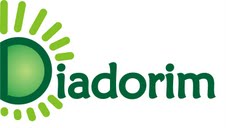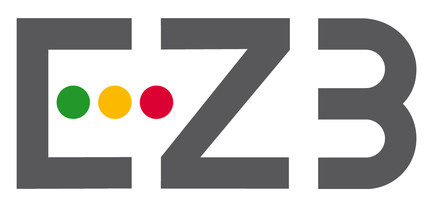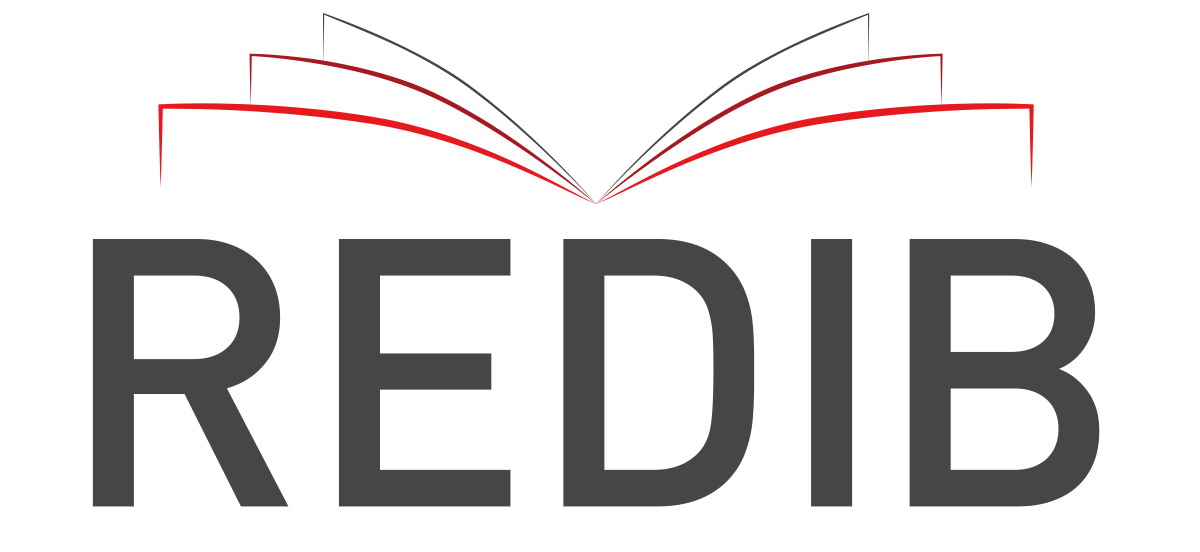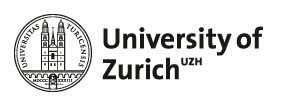Restructuring of obstruent-liquid clusters
DOI:
https://doi.org/10.11606/issn.2176-9419.v26i2p183-198Keywords:
Consonantal cluster, Epenthetic vowel, Brazilian Portuguese, Spontaneous speech, Usage-based modelsAbstract
In Portuguese, CCV syllables form obstruent-liquid clusters and can be optionally restructured by (1) inserting a vowel between the onset consonants, resulting in CV.CV, or (2) deleting the liquid consonant in the second position, resulting in CV, cases that were evaluated separately in previous studies. This study presents an integrated evaluation of the CCV~CV.CV~CV alternation in Brazilian Portuguese, based on acoustic analysis of CCV occurrences in spontaneous speech recordings from 22 native speakers. We sought to determine the role of linguistic factors, such as the position of the accent, as well as evaluate the quality of the epenthetic vowel and duration patterns resulting from consonant loss or vowel insertion. In terms of its quality, the supporting vowel is a centralized vowel, and there may be harmony with the following vowel. It was found that the CV pattern is more frequent in a non-accented context and leads to vowel lengthening, while the CV.CV pattern is more frequent in an accented context. The results are discussed in terms of the gradualness and dynamicity of the phenomenon and considering phonological principles of syllabic restructuring and onset formation.
Downloads
References
Albano EC. Codificação estatística das categorias fonéticas: vestígio da dinâmica da fala na fonotaxe lexical. Revista de Estudos da Linguagem. 2007;15(2):9-42. [citado 06 jun. 2023]. Disponível em: http://www.periodicos.letras.ufmg.br/index.php/relin/article/view/2447/2401.
Bates D, et al. Fitting linear mixed-effects models using lme4. Journal of Statistical Software. 2015;67(1):1-48. Doi:10.18637/jss.v067.i01.
Bisol L. A simetria no sistema vocálico do português brasileiro. Linguística - Revista de Estudos Linguísticos da Universidade do Porto. 2010;5(1):41-52.
Boersma P, Weenink D. Praat: doing phonetics by computer [Programa de computador]; 2023. Versão 6.2.03. [citado 05 mai. 2023]. Disponível em: http://www.praat.org/.
Bybee J. Phonology and language use. Cambridge: Cambridge University Press; 2001.
Bybee J. From usage to grammar: the mind’s response to repetition. Language. 2006;82(1):711-733.
Cesko CV. Using ‘Buildmer’ to automatically Find & Compare Maximal (Mixed) models. 2020. Disponível em:
https://cran.r-project.org/web/packages/buildmer/vignettes/buildmer.html.
Cristófaro-Silva T. Sobre a queda de encontros consonantais no português brasileiro. Estudos Linguísticos. 2000;29(1):522-527.
Cristófaro-Silva T. Fonética e fonologia do português: roteiro de estudos e guia de exercícios. 6. ed. São Paulo: Contexto; 2002.
Cristófaro-Silva T. Sound change in tautossylalbic consonantal clusters in Brazilian Portuguese. Proceedings of the 15th International Congress of Phonetic Sciences, Barcelona - Espanha. 2003; p. 1675-1678.
Cristófaro-Silva T, Almeida LS. On the nature of epenthetic vowels. In: Bisol L, Brerscancini C, organizadoras. Contemporary phonology in Brazil. Cambridge Scholars Publishing; 2008. p. 193-212.
Cristófaro-Silva T, et al. Fonética acústica: os sons do português brasileiro. São Paulo: Contexto; 2019.
Cristófaro-Silva T, et al. Segmental loss and phonological representation. In: Lindsey G, Nevins A, organizadores. Sonic signatures. Amsterdam/Philadelphia: John Benjamins Publishing Company; 2017. p. 215-230.
Donegan P, Stampe D. Hypotheses of natural Phonology. Poznań Studies in Contemporary Linguistics. 2009;45(1):1-31.
Follador Neto A, Silva AP, Yehia HC. Corpus CEFALA-1: Base de dados audiovisual de locutores para estudos de biometria, fonética e fonologia. Revista de Estudos da Linguagem. 2019;27(1):191-212. [citado 06 jun. 2023]. Disponível em: http://www.periodicos.letras.ufmg.br/index.php/relin/article/view/13378.
Fox J, Weisberg S. An R companion to applied regression, 3. ed. Sage: Thousand Oaks; 2019.
Hothorn T, Bretz F, Westfall P. Simultaneous inference in general parametric models. Biometrical Journal. 2008;50(3):346-363.
Nishida G. Análise acústica do Tap em grupos no PB. [monografia de conclusão de curso]. Curitiba: Universidade Federal do Paraná; 2005.
Oliveira NA. Variação em encontros consonantais tautossilábicos no português brasileiro [dissertação]. Belo Horizonte: Universidade Federal de Minas Gerais; 2017.
Pierrehumbert J. Exemplar dynamics: word frequency, lenition and contrast. In: Bybee JL, Hopper P, editores. Frequency and the emergence of linguistic structure. Amsterdam: John Benjamins; 2001. p. 137-158.
Pierrehumbert J. More than 70 years of probabilistic phonology. In: Dresher BE, editor. The Oxford handbook of the history of phonology. Oxford: Oxford University Press; 2022. p. 639-655.
Pierrehumbert J. Probabilistic phonology: discrimination and robustness. In: Bod R, Hay J, Jannedy S, editores. Probability theory in linguistics. Cambridge: The MIT Press; 2003. p. 177-228.
R Core Team. R: A language and environment for statistical computing. R Foundation for Statistical Computing. Vienna, Austria; 2023. Disponível em: https://www.R-project.org/.
Silva AHP. Para a descrição fonético-acústica das líquidas no português brasileiro: dados de um informante paulistano [dissertação]. Campinas: Universidade Estadual de Campinas; 1996.
Silveira F, Seara IC. Vogal de apoio em grupos consonantais CCV no português brasileiro. Revista da ABRALIN. 2017;7(1). [citado 06 jun. 2023]. Disponível em: https://revista.abralin.org/index.php/abralin/article/view/977.
Stampe D. A dissertation on Natural Phonology. New York: Garland Press; 1979.
Turk A, Nakai S, Sugahara M. Acoustic segment durations in prosodic research: a practical guide. In: Sudhoff S, et al., editores. Methods in empirical prosody research. Berlin, Boston: De Gruyter; 2006. p. 1-28.
Viaro ME, Guimarães-Filho ZO. Análise quantitativa da frequência dos fonemas e estruturas silábicas portuguesas. Estudos Linguísticos. 2007;26(1):30-36.
Downloads
Published
Issue
Section
License
Copyright (c) 2024 Maria Mendes Cantoni

This work is licensed under a Creative Commons Attribution-NonCommercial 4.0 International License.
Copyright is transferred to the journal for the online publication, with free access, and for the printing in paper documents. Copyright may be preserved for authors who wish to republish their work in collections.
How to Cite
Funding data
-
Fundação de Amparo à Pesquisa do Estado de Minas Gerais
Grant numbers APQ 02997-18






















